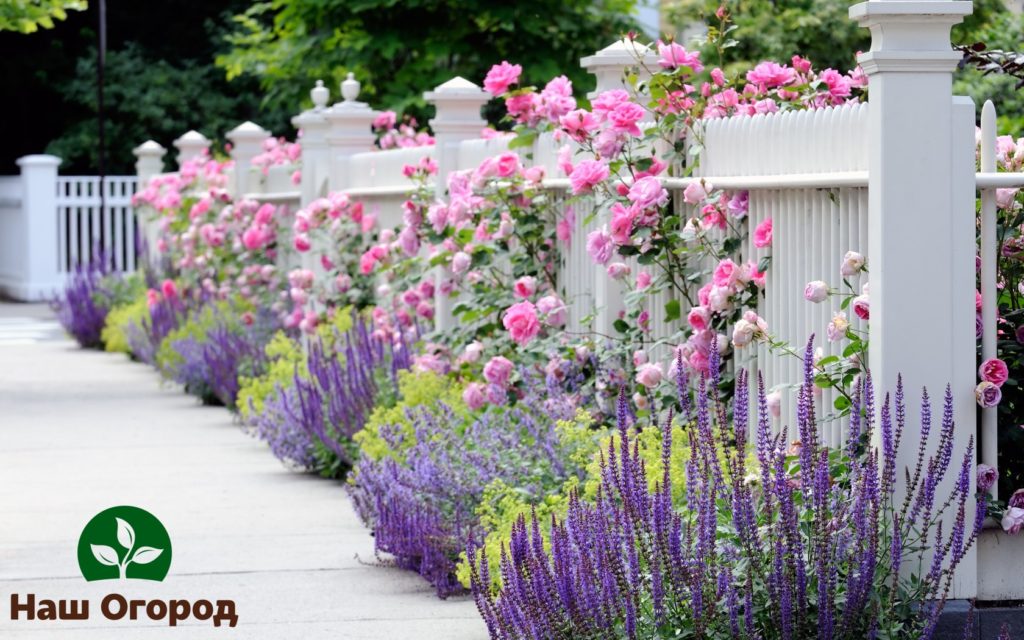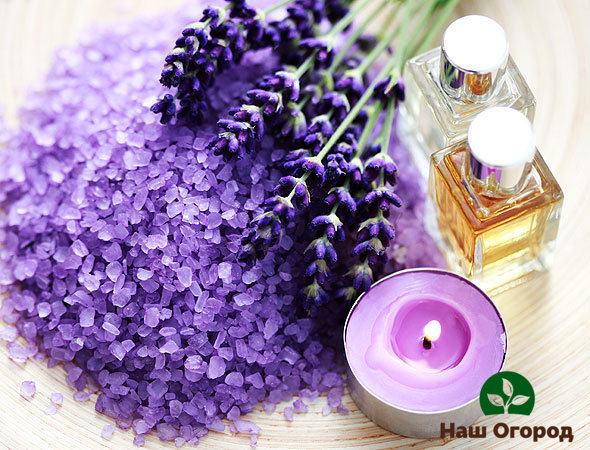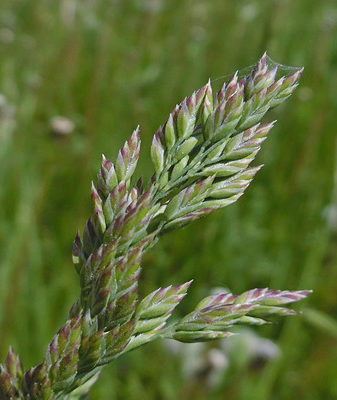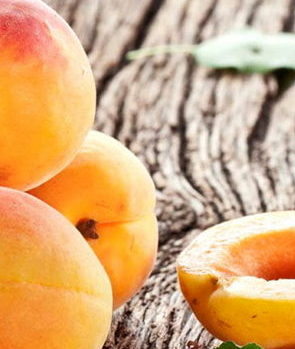Growing lavender outdoors
Content:
Lavender is one of the most popular summer flowering plants. A heady sweet scent and healing effects along with a beautiful color keep it at the peak of constant popularity. Lavender is now available in other colors. It is an integral part of cosmetic products and is irreplaceable as a medicine. Lavender has deservedly become a symbol of French Provence, where lavender fields are a breathtaking sight, and all the eyes of visitors are mesmerized with joy and admiration. Already the ancient Romans used lavender to flavor bath essences. Hence the name. It comes from the Latin Lavandula - French lavar - washing. Growing lavender outdoors in a garden involves many nuances, which we will discuss below.
A place for growing lavender outdoors
The plant is modest in terms of living conditions. The most important for him is a place illuminated by the sun, with dry soil permeable to calcium. Especially in winter, the plant will appreciate good drainage as it hates constant waterlogging. Excessive moisture can lead to the subsequent death of the entire plant. Lavender is called semi-bush, as its lower part becomes woody after a few years, and the upper part remains herbal. The most ideal place to plant lavender is next to roses. This helps ward off aphids, which often attack roses. Ornamental grasses also look very interesting in combination with lavender. If daisies are planted in the garden, then the combination of their white color with purple lavender will be just as impressive.

Growing lavender and outdoor care
The compactness of semi-bush lavender is achieved by regularly cutting the plant after flowering. However, only the young parts of the shoots can be trimmed as they are no longer the woody part of the lavender. In the spring, when the plant begins to germinate, cut the bush two-thirds. For the winter, lavender needs to be protected from cold and winds, especially at high altitudes. Lavender, also called French lavender, needs to be moved to a place where it does not freeze for the winter. This is why it is most often grown only in containers.
Application of lavender
As already mentioned, lavender is an important drug that contains active substances against insomnia, internal disturbances and stress. Flower tea relieves headaches, while a lavender bath refreshes and invigorates. You can also put rag bags of lavender in your closet to ward off a moth attack on your clothes.
Lavender soaps, oils, balms, perfumes and even biscuits are available in many stores today. You can dry the plant in the classic way. Hang the lavender sprigs and leave them there immediately after picking to keep them straight. You need to cut the lavender right after flowering, otherwise the flowers will crumble.

Lavender comes in many different varieties and varieties. Interestingly, real lavender only accounts for about 3% of the total production. Lavender production is complex. Only about 10 liters of high-quality aromatic liquid is produced from 1000 kg. Therefore, growing lavender outdoors is not only pleasant but also very profitable.




